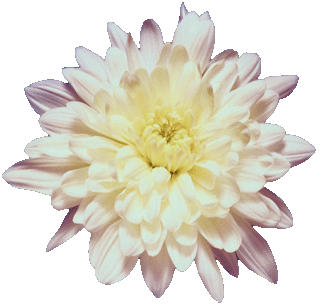Not all black dirt or top soil are the same. Much of the topsoil ordered by consumers has just been dug out of the ground and pulverized or screened. Depending on where the dirt was pulled from, it could be: sandy soil, swamp peat or dirt that is low in nutrients. Just because the dirt is black it does not always mean it is good quality dirt for growing.
Here at Paragon Black Dirt, we start with "black dirt" dug from the ground. Depending on what type of soil it is, we blend it with 100 % compost, sandy soil or clay - to create a real premium black dirt.
Our screened black dirt is easy to spread and grade; full of rich nutrients and organic matter. It has been tested by the University of Minnesota and used on some of their landscape projects.
The Dirt on "Black Dirt":
PARAGON BLACK DIRT
There are pebbles in my dirt!
We process our black dirt through a 1/2" screener. Inevitably there will be a minimal amount of small pebbles in the dirt. Small rocks and gravel are a normal and important component of any soil. They help keep the soil loose; allowing air, water and nutrients to filter through. Click on the article to the left (<--) to see a more detailed explanation of the benefits.
Our "screened black dirt" will work perfectly for seeding. Our black dirt contains some organic material and is easy to work with. We have used our black dirt for a home seeding project and had great seed germination in 7 days - 10 days
When planning a seeding job, it is important to watch the weather. Heavy rains will wash away all of your hard work; depositing the grass seed and soil in low areas or at the bottom of a hill. We will be happy to change your delivery day if heavy rains are expected.
Getting dirt for Seeding?
What soil should I get for a garden?
Adding to an existing garden: We no longer have 100% compost available. Use screened garden blend
Creating a new garden: Use Screened garden blend
What is clay fill dirt?
Clay fill dirt is used to fill in areas such as a deep hole, raise the grade on a large area and filling in behind a retaining wall. To be used under final grade materials and is not a good planting medium.
Clay fill is not the easiest material to work by hand. It is dug straight from the ground and can contain rocks and boulders of various sizes and tree roots.
Article on Dirt
Click on picture below
to enlarge
Are you a contractor? Call for wholesale pricing
Shakopee, Minnesota
952-292-6346
Residential pick ups available:
Mon-Fri 9:00 pm- 6:00 pm only
CLOSED SATURDAY & SUNDAYS
JUMPING WORMS
I have been getting questions wondering if we have jumping worms in our dirt. The honest answer is "I don't know". I have looked into the Minnesota website on these worms to see where they have been located and also how to avoid.
Here is what I have found. Many of the worms have been found are in large commercial flower/shrub beds where we have never delivered to. We haven't seen any signs of jumping worms in our dirt area or at our home (which is right next to our sight)
The two ways they suggest to kill these worms are: to turn the dirt often and have composting heat. We do both. Our dirt is turned throughout the year, so the chances of the worms surviving in our environment should be small.
WE ARE NOW
CLOSED
IT'S BEEN SUCH A
PLEASURE WORKING
IN THE DIRT




